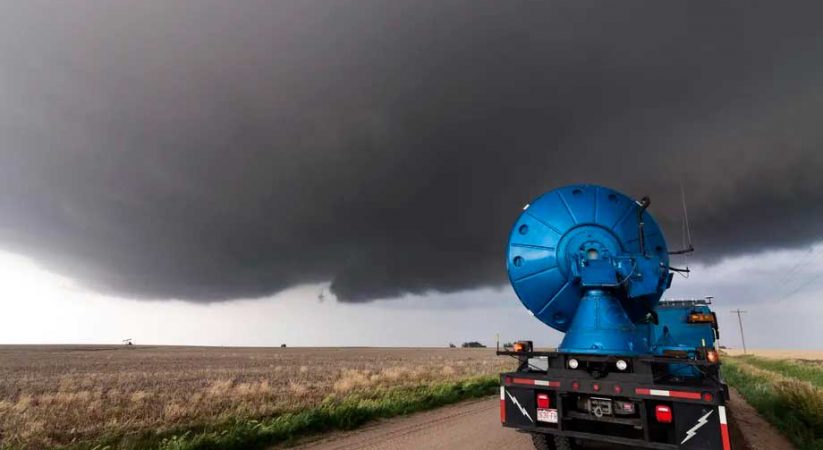Collecting satellite data for research is a group effort thanks to this app developed for Android users. is a campaign funded by the European Space Agency, and its first project focuses on making smartphone owners around the world part of a project that can help improve weather forecasts by using your phone’s GPS receiver.
The Camaliot app works on devices running Android version 7.0 or later that support satellite navigation. The way satellite navigation works, phones or other receivers look for signals from a network of satellites that maintain a fixed orbit. The satellites send messages with the time and their location, and once it’s received, the phones note how long each message took to arrive, then use that data to figure out where on Earth they are.
Specialists feel that they can utilize satellite signs to get more data about the climate. For instance, how much water fume in the environment can influence how a satellite sign goes through the air to something like a telephone.
The application assembles data to follow signal strength, the distance between the satellite and the telephone being utilized, and the satellite’s transporter stage, as indicated by . With enough information gathered from around the world, analysts can hypothetically consolidate that with existing climate readings to quantify long haul water fume patterns. They desire to utilize that information to illuminate weather conditions determining models with AI. They can likewise follow changes in Earth’s ionosphere – the piece of the environment close to space. Making better ionospheric gauges could be applicable in f and could ultimately make Global Navigation Satellite Systems (GNSS) more exact by representing occasions like geomagnetic storms.
Camaliot could ultimately grow to remember more efforts to gather information for a huge scope utilizing sensors present in “Web of Things” associated home gadgets. “We took motivation from the popular SETI@Home drive, where home workstations help search out indications of extraterrestrial life.” Vicente Navarro, an ESA route engineer, said in a .

The project aims to gather information from all over the world — and from several different satellite constellations. There are several different Global Navigation Satellite Systems (GNSS) constellations like the US Global Positioning System (GPS), Russia’s GLONASS, China’s Beidou, or the EU’s Galileo. Japan and India also operate smaller regional constellations. An FCC order in 2018 allowed more devices to use GPS and Galileo signals together for increased location accuracy.
While older Android phones can participate in this project, the Camaliot project with dual-frequency receivers, which can simultaneously pull two GNSS signals with different satellite frequencies. Phones confirmed to contain dual-frequency receivers include the Google Pixel 4a, Samsung Galaxy S21, the Galaxy S21 Ultra — mostly those with high-end Qualcomm Snapdragon 5G chipsets.
Navarro says that “the combination of Galileo dual-band smartphone receivers and Android’s support for raw GNSS data recording” work together to increase the possibility of how much data can be collected solely from people using their smartphones.

The use of at-home tech from outside participants for scientific exploration continues to grow as everyday devices include more processing power and better sensing capability. Besides the famous SETI project and similar attempts like Folding@Home, other methods have included NASA asking the public to use their phones to take photos of clouds or trees, and science apps like iNaturalist documenting animal behavior during a solar eclipse, or tracking different animal species.
How to use Camaliot
Here’s how you can begin using the Camaliot app on your Android phone after :
- Select “start logging” and place your phone in an area with a clear sky view to begin logging the data
- Once you have measured to your liking, select “stop logging”
- Then, upload your session to the server and repeat the process over time to collect more data. You can also delete your locally-stored log files at this step.
In addition to being able to view your own measurements against others accumulated over time, you can also see a leaderboard showing logging sessions done by other participants. Eventually, the information collected for the study will be available in a separate portal.
For registered users, their password, username, email address, and number of measurements will be stored in Camaliot’s database, but they won’t be used in post-study publications and products, according to . Specifically, Camaliot says that the need for extensive personal data is for scientific purposes and environmental monitoring and that its need for processing data is “necessary for the performance of a task carried out in the public interest, namely for the conduction of this scientific study.”
Registered participants will also be entered into a pool for a chance to win prizes such as a dual-frequency Android phone and Amazon vouchers. The campaign will be active until June 30th.





